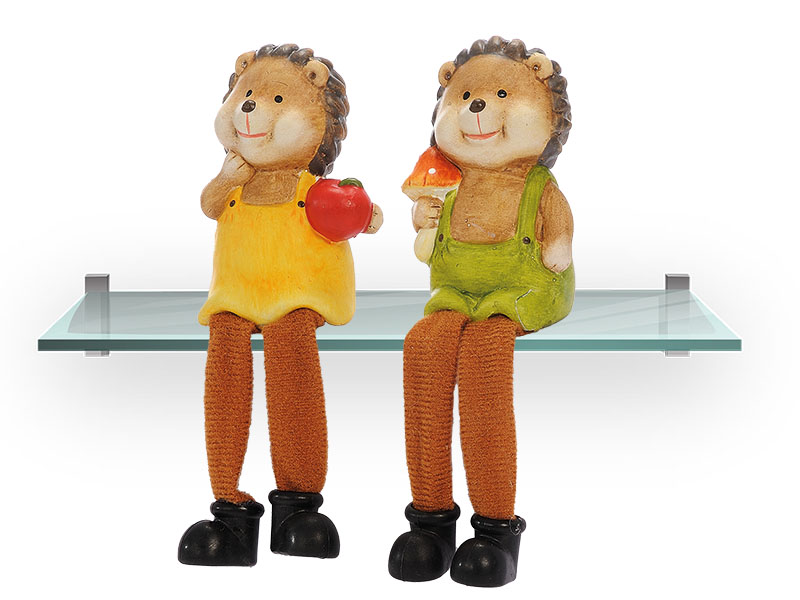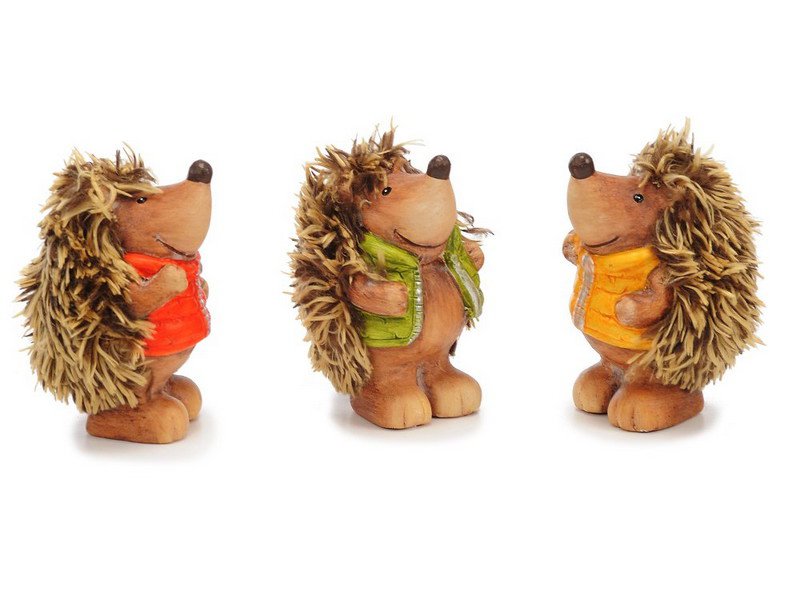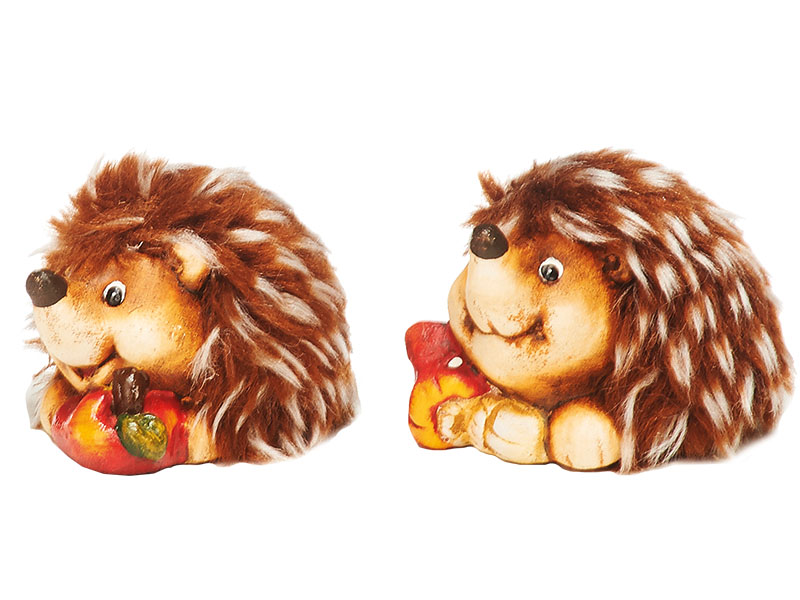- Vehicles
- Figures
- Witches
- Carnival
- Canvas
- Magnets
- Materials
- Maritime
- Hats
- New products
- Personalize
- Plush
- Dolls
- Collectible figures
- Keychain
- Special production
- %Special offers%
- Money boxes
- Cities - Regions
- Bags/Backpacks
- Textile
-
Animal
- with sound
- Monkeys
- Alpacas - Llamas
- Bears
- Bees/Bumblebees
- Dachshund
- Dolphins
- Dinosaur
- Dragons
- Lizards
- Squirrels
- Polar bears
- Elephants
- Ducks/Geese
- Meerkat
- Donkey
- Owls
- Fantasy animals
- Sloth
- Fishes
- Bats
- Frogs
- Foxes
- Chamois
- Giraffes
- Birds of prey
- Hen/Rooster
- Hamster
- Rabbits
- Dogs
- Husky
-
Hedgehog
- Insects
- Kangaroo
- Cats
- Koalas
- Crocodiles
- Cows
- Leopards
- Lions
- Ladybird
- Mice
- Seagulls
- Marmots
- Rhinos
- Hippos
- Pandas
- Horses
- Penguins
- Deer
- Reindeer
- Reptiles
- Seals
- Sheep
- Turtles
- Snakes
- Butterflies
- Snails
- Pigs
- Sea- /Marine animals
- Assortments
- Spiders
- Ibexes
- Storks
- Tiger
- Birds
- Wasserschwein - Capybara
- Wild boars
- Wildlife
- Wolves
- Zebras
- Subjects
THE HEDGEHOG - A VERY POPULAR ANIMAL IN THE EURO SOUVENIRS GIFT WHOLESALE BUSINESS
An adult hedgehog grows up to 32 cm long and can weigh between 700 and 1400 grams. The weight depends on the season and age. Its coat of spines consists of 6.000 - 8.000 spines with a length of two to three centimetres, each of which is equipped with a muscle. In the event of danger, the hedgehog erects its ‘spiny dress’ and at the same time rolls itself up into a kind of ‘ball’ to protect its stomach and face. These spines are made of keratin. Keratin is also found in our fingernails. This makes the spines strong and flexible. You can also find rolled-up hedgehogs in our wholesale hedgehog range.
The head, with its black, round eyes and ears measuring around one centimetre, is covered in fur. The fur extends from the head over the belly to the tail. The hedgehog's hind legs are longer than its front legs. There are five claws on each paw, which it uses for digging. The hedgehog's vision is very limited, but its sense of smell and hearing are very well developed. The ‘Jacobson's organ’ is an additional, very special organ. The hedgehog can use it to test whether the food it finds is edible. Chewing the food produces foamy saliva, which is transported to the Jacobson's organ. From the Jacobson's organ, the hedgehog receives the impulse as to whether the food is edible or whether it is spoilt.
Hedgehogs have strong teeth. They feed mainly on worms and insects such as earwigs, beetles or woodlice and their larvae. Occasionally they also eat roots and fruit. As hedgehogs are lactose intolerant and cannot process lactose, they drink milk that is mistakenly offered to them by humans, but can even die from it.
The hedgehog's habitat in Europe ranges from forest edges or hedges to bushes in gardens or parks. Hedgehogs eat their so-called ‘winter fat’ in summer and autumn. It needs these fat reserves to survive the winter, as it finds little food at this time. They usually hibernate from November to April. To do this, it seeks out leaf hedges, compost heaps and piles of leaves or even woodpiles as winter quarters. In order to use as little energy as possible, the hedgehog breathes more slowly during hibernation. The heartbeat also slows down and the body temperature drops. When it wakes up in spring, it weighs about half its previous weight.
Hedgehogs are nocturnal and solitary outside the mating season. The mating season begins in May. After about 5 weeks of pregnancy, the female hedgehog gives birth to four to seven young in a nest of leaves and grasses. The newborn hedgehogs are blind and deaf within the first 2 weeks. At birth they weigh only 10 to 25 grams. Baby hedgehogs and hedgehog mothers can be found as poly figures in our hedgehog products for the wholesale gift trade.
Unfortunately, there are also dangers for hedgehogs. Threats lurk above all on our roads. Many hedgehogs are run over by cars when crossing the road. Another ‘unnatural’ enemy are mowing robots, which are now used in many gardens. Hedgehogs have few natural enemies, mainly because of their spines, which would otherwise easily injure them.
How can we help the hedgehog?
- On dry and warm days, a shallow bowl of water helps the hedgehog, as it often finds it difficult to find water itself at this time - but not milk.
- Pile up garden leaves and brushwood to provide the hedgehog with a winter home. An advantage for humans: In spring, the pile of leaves is less than half the size and you have to take away less garden waste.
- Cover cellar shafts and pits to prevent hedgehogs from falling into traps.
- Do not use chemical pesticides or fertilisers so that hedgehogs are not poisoned Provide
- Cat food or special hedgehog food in the autumn months. This makes it easier for hedgehogs to eat their winter fat






























